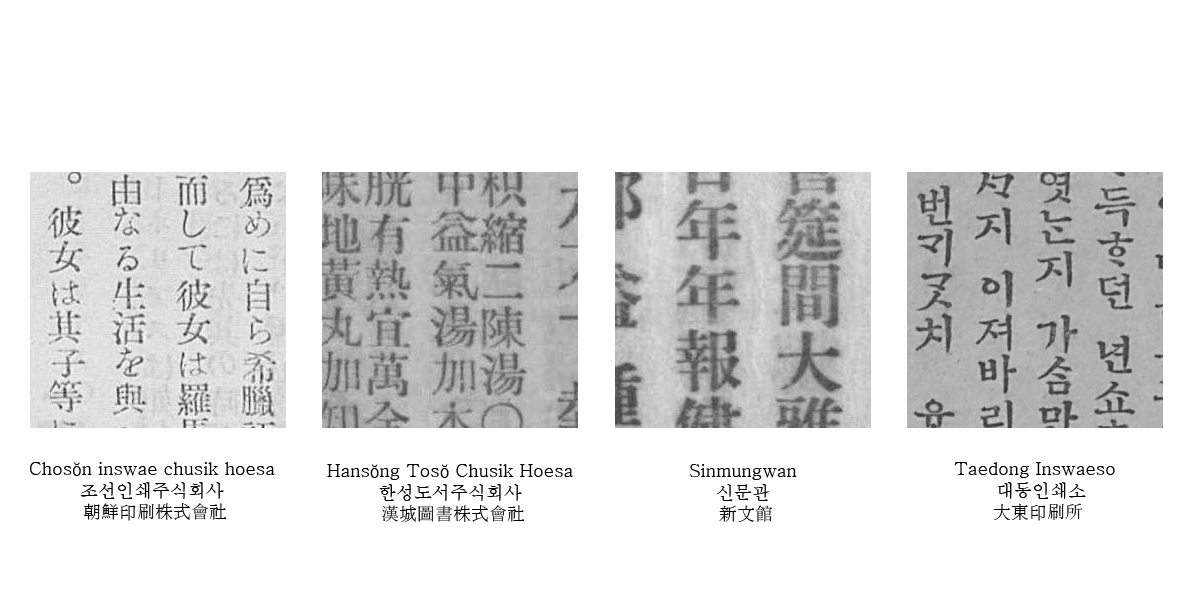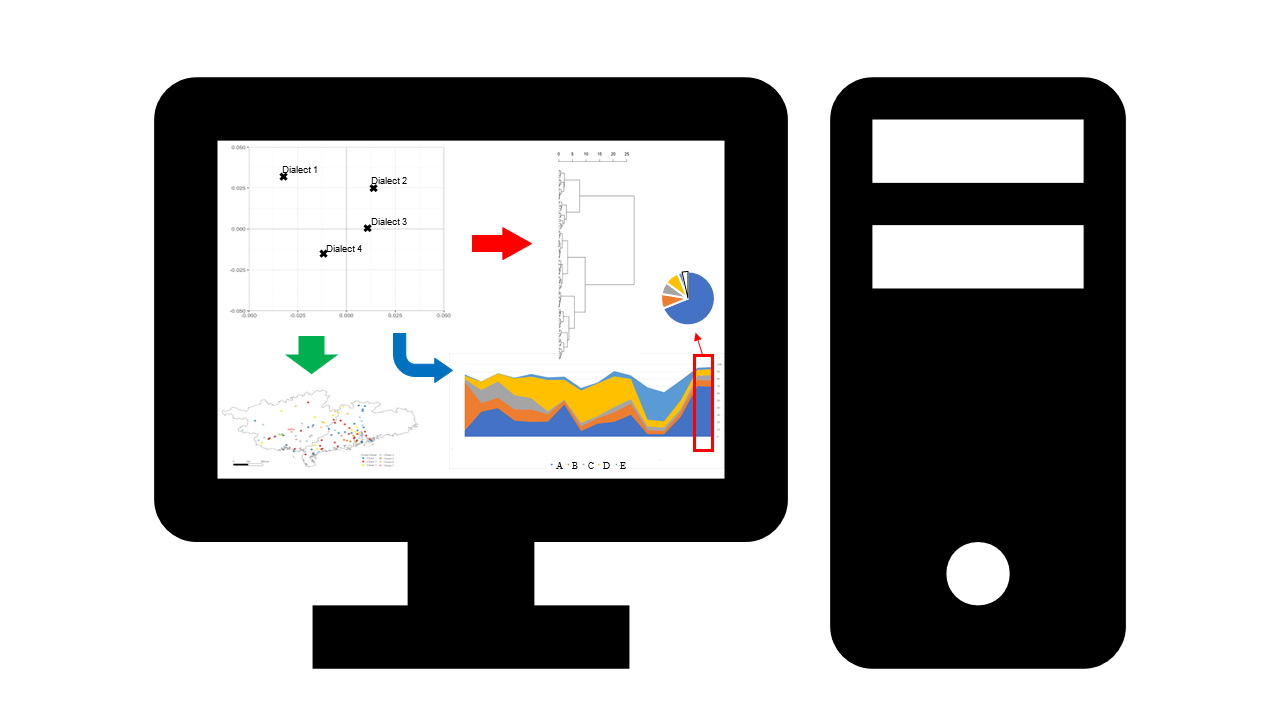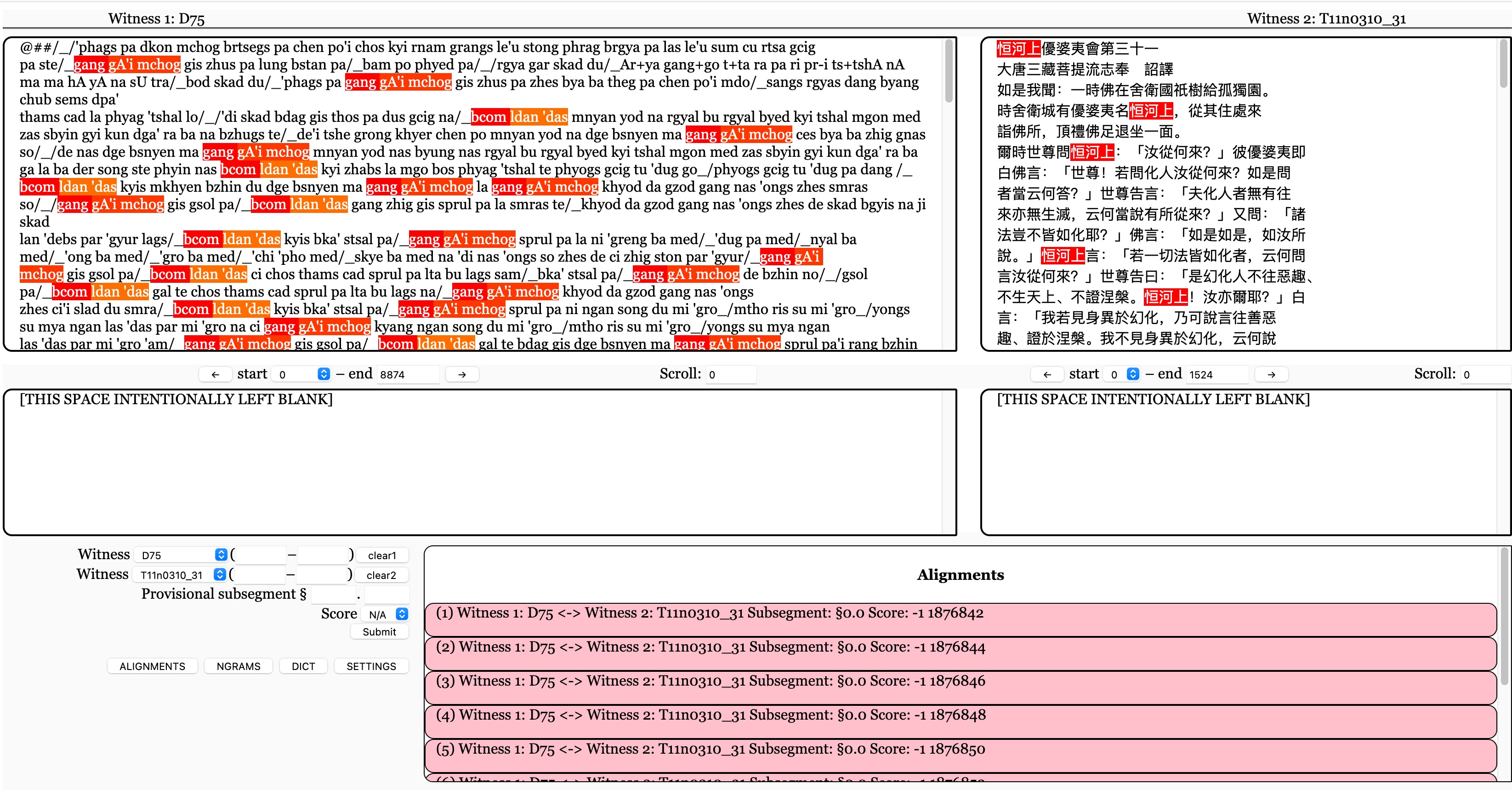
Digital warfare in the Sahel: popular networks of war and Cultural Violence
The Sahel has become the scene of unprecedented violence since 2012: a period that coincides with the advancement of new ICTs in the region. The role of digital connectivity is both a uniting and disruptive factor in this networked warfare. This project investigates this relationship where it will focus especially on information flows on social media as a legitimation of direct violence, i.e. Cultural Violence. This interdisciplinary study will rely on Natural Language Processing (NLP) and Social Network Analysis to understand the ‘workings’ of networked conflict interfering in the increasingly violent conflict in the Sahel (Africa) and beyond.



